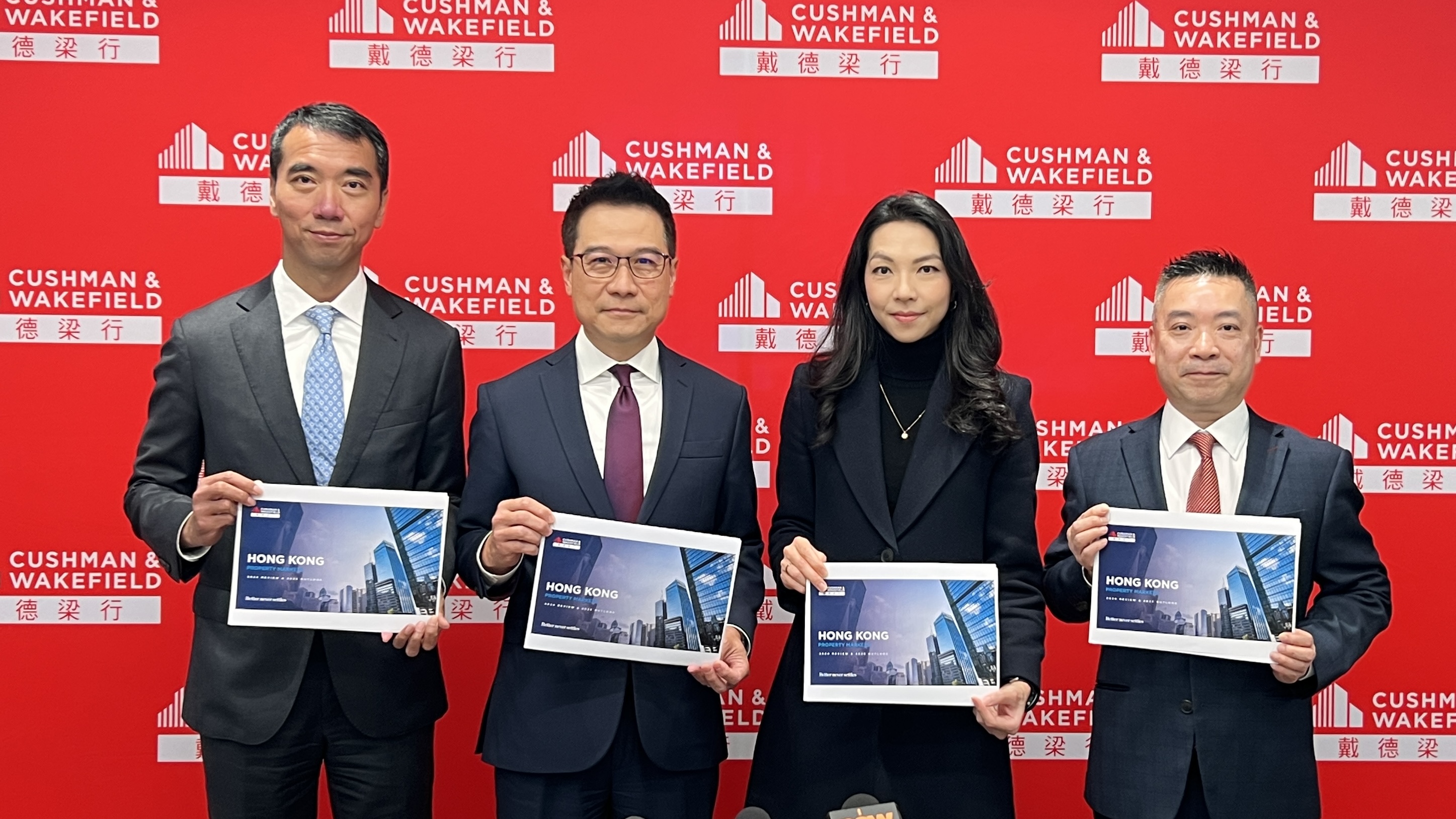
Hong Kong’s high street retail rents are expected to rise 3 to 5 percent in early 2025, buoyed by the central government’s relaxed travel policies and the gradual ease of the strong Hong Kong dollar, according to a report released by global real estate services provider Cushman & Wakefield on Monday.
John Siu Leung-fai, managing director of Cushman & Wakefield Hong Kong, said that the softening local currencies, the resumption of the multientry Individual Visit Scheme for Shenzhen residents, along with other economic and consumption stimulus measures launched by the central government, “will continue to benefit the Hong Kong retail market”.
He predicted that the city’s retail sales will rise 3 to 5 percent year-on-year in the first quarter of 2025, with high street rents in Causeway Bay, Tsim Sha Tsui, Central and Mong Kok following a similar growth pattern throughout the year.
READ MORE: PwC expects HK retail sales to grow by 5% in 2024
Shenzhen residents have been allowed to apply for multiple-entry travel permits to Hong Kong since Dec 1. The number of mainland visitors jumped 11 percent, to 109,196, on the first day of the policy’s return, Immigration Department data showed.
Siu said that Chinese mainland brands eyeing global expansion through Hong Kong are expected to drive the leasing demand in the coming year, filling up vacant spaces in both high streets and shopping malls.
However, he said, “while high street leasing activities in core districts have become more active, retailers have remained cautious” on expansion, given the change in tourists’ and residents’ consumption patterns.
The city’s high street retail rents across four core districts rose 0.6 to1.3 percent in the fourth quarter from the previous quarter, with annual growth hitting 3 to 7 percent.
Restaurant rents fell 0.7 to 2 percent in the quarter as high operating costs and cross-border spending by local residents weighed on the sector.
Retail vacancy rates in the core districts dropped to 7.6 percent. Causeway Bay, a major shopping hub, recorded full occupancy for the first time since 2019, while Central, Tsim Sha Tsui and Mong Kok held steady at 8.6 percent, 9.4 percent and 8.4 percent respectively.
The city’s retail sales slumped 7.1 percent year-on-year to HK$312.3 billion from January to October, according to the official data.
Among key retail sectors, only medicines and cosmetics saw growth, spiking 5.7 percent from a year earlier. Traditional tourist favorites plunged, with jewelry and watches falling 15.5 percent, and fashion accessories dropping 10.6 percent.
READ MORE: Hong Kong high street rents grew modestly in Q2
Regarding the housing market, Rosanna Tang, executive director and head of research of Cushman & Wakefield Hong Kong, said she expects the residential market to see a modest recovery in 2025, as lower interest rates and stable equity markets could lift transaction volumes 5 to 8 percent to 56,000 to 58,000 units, pushing home prices up about 5 percent.
A Colliers’ report said Hong Kong’s commercial-property market could see renewed investor interest in early 2025, particularly in student housing, as the city rolls out policies to attract talent and strengthen its position as an education hub.
Student housing demand in Hong Kong will hit 175,000 beds by 2028, far exceeding the planned 55,000-bed supply, according to Colliers. Current private projects provide just 2,848 beds, though 2,000 more will be added in 2025.
Contact the writer at tianyuanzhang@chinadailyhk.com


